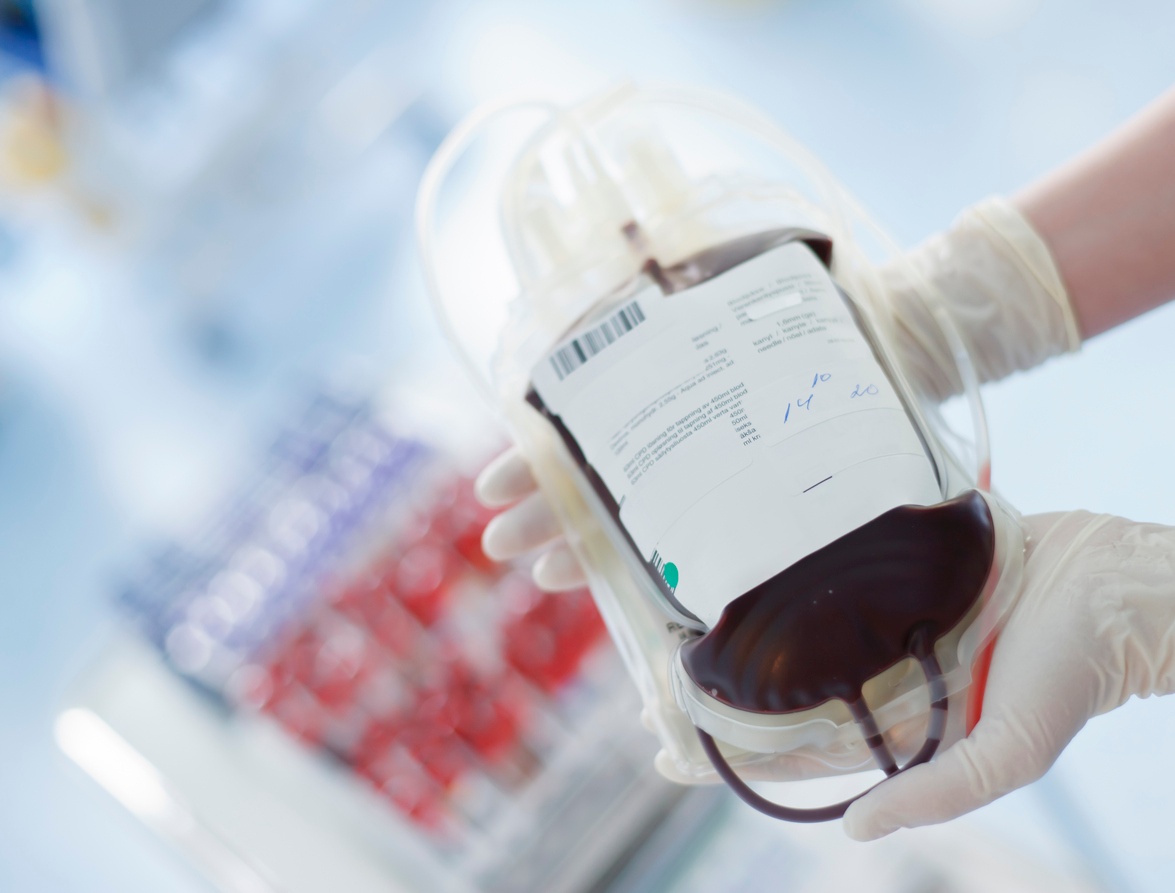
Overall, receiving a blood transfusion is one of the safest medical procedures in the United States. The U.S. blood supply is safer today than it’s ever been. According to the CDC, there are an estimated 5 million patients who receive blood annually, and 9.5 million blood donors. That’s a total of 14.6 million transfusions in a year, with exceedingly rare adverse side effects.
Safe transfusion relies on collaborative teamwork. As with many in-hospital procedures, it is a multi-step process that crosses several professional boundaries. To minimize errors at all points in the process, education is vital. This is where simulation comes in.
Simulated workplace exercises rely on engineering fidelity, or a realistic depiction of the environment in which the student will be required to perform; and psychological fidelity, that is, how realistic the student finds the simulation and how appropriately they respond.
Designing an Exercise to Promote a Safe Blood Transfusion Practice
1. Preparation: This step involves study. Review literature, attend lectures, view expert data and reports.
2. Create scenarios: Through study, discover the common issues that lead to transfusion error, and build them into the exercise. The exercise for blood transfusion practice can designed with the following components:
- Patient management problems
- Hospital management issues
- Errors in relation to safe transfusion practice, such as:
- a. Sampling: Blood sample drawn from wrong patient; patient details recorded incorrectly
- b. Collection: Incorrect unit collected from blood refrigerator
- c. Administration: Formal final patient identity check omitted or performed incorrectly
3. Implementation: This consists simply of running the scenario. Put the students into the simulation lab; conduct the exercise; debrief; and get student feedback.
This post is a summary of the following paper: The use of simulated learning to promote safe blood transfusion practice; Hogg, George, Pirie, Elizabeth, Ker, Jean; Nurse Education in Practice, Volume 6, Issue 4, pages 214-223.
Pocket Nurse® offers several products that would support transfusion scenarios: Pocket Nurse Premium IV Start Kit, blood draw equipment for simulation, and Demo Dose® Simulated Blood (several blood types available).
View the Pocket Nurse Blood Bank Transfusion Record here. View the Pocket Nurse Skills Checklist for Demo Dose Simulated Blood here. Both of these documents come with Demo Dose Simulated Blood products.
For instructional use only. Not for human or animal use.
Dawn Mangine is the copywriter at Pocket Nurse.






